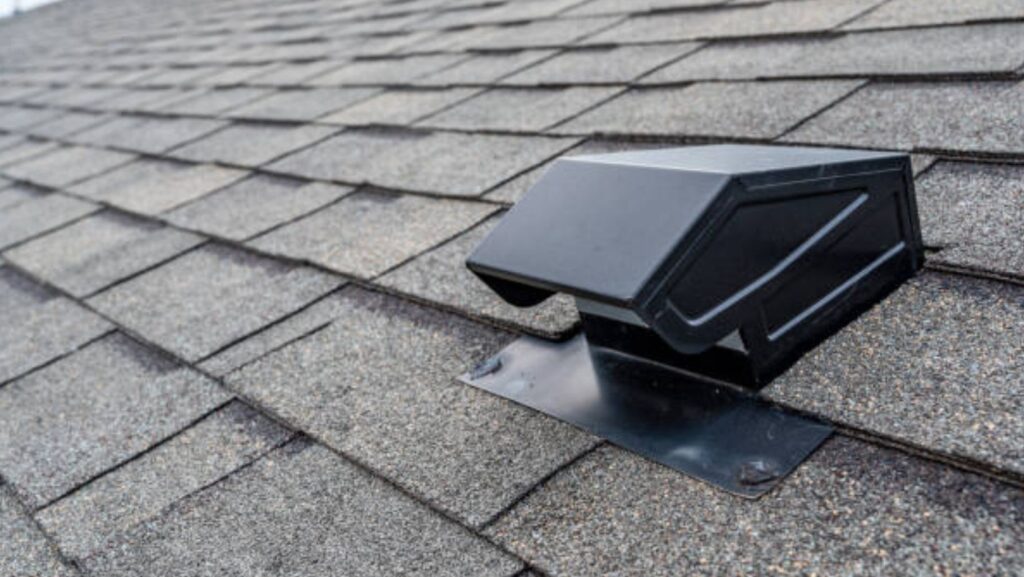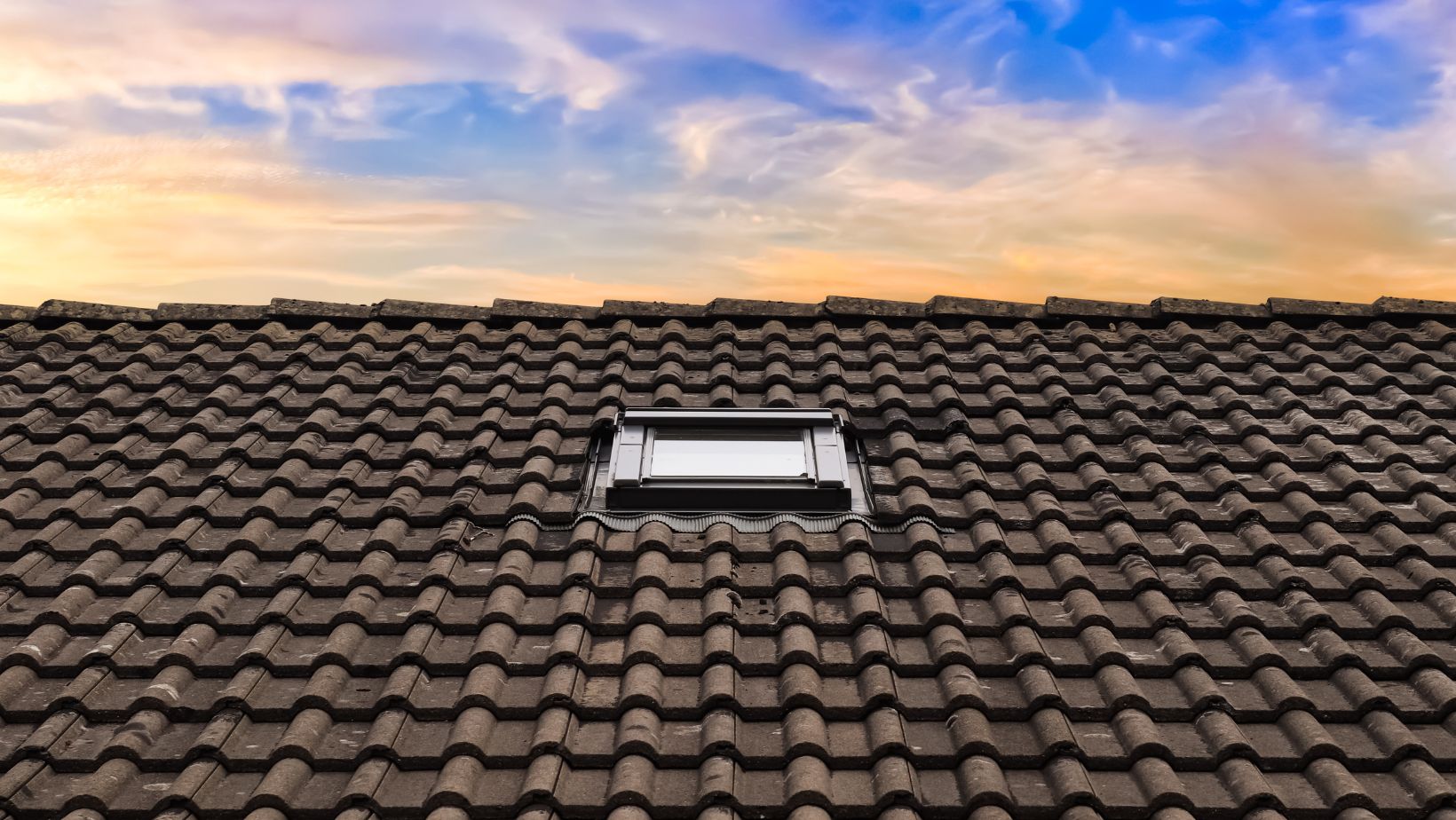Proper roof ventilation is crucial to maintaining the health of your home. Without it, you might face problems that affect the structure of your house and your comfort. In many cases, the issues related to improper roof ventilation go unnoticed until they have caused significant damage. This is why it’s essential to be aware of the signs that indicate a problem. In this article, we’ll discuss four clear indicators that your roof may not be properly ventilated. For those in need of professional guidance, companies like Barrier Roofs often provide the expertise required to diagnose and address these issues.
1. Increased Energy Bills
One of the first signs that your roof may not be properly ventilated is an increase in your energy bills. Poor ventilation can trap heat in your attic during the summer months, causing your air conditioning system to work harder to cool your home. Conversely, in the winter, a poorly ventilated roof can lead to ice dams, which trap cold air in your attic and force your heating system to work overtime. If you notice a sudden spike in your energy costs, it might be time to inspect your roof’s ventilation system.
2. Excessive Heat in the Attic
Another clear sign of inadequate roof ventilation is excessive heat in your attic. During warmer months, the temperature in your attic should be only slightly higher than the outside temperature. If your attic feels like a sauna, it’s a sign that hot air is not being properly expelled from the space.
This trapped heat can warp your roof’s shingles, reduce the effectiveness of your insulation, and shorten the lifespan of your roofing materials. Over time, this can lead to costly repairs or even a complete roof replacement.
3. Moisture and Mold Growth
Moisture accumulation in your attic is a significant indicator of poor roof ventilation. When warm, moist air from your living spaces rises into the attic and cannot escape, it condenses on the cooler surfaces of your roof structure. This can lead to mold growth, which not only damages your roofing materials but also poses a health risk to your family. Mold thrives in damp, poorly ventilated environments, and if left unchecked, it can spread to other areas of your home, leading to extensive damage and expensive remediation efforts.
4. Peeling Paint and Warped Siding
Improper roof ventilation doesn’t just affect your attic; it can also impact the exterior of your home. If you notice that the paint on your home’s exterior is peeling or that the siding is warping, it could be a sign that heat and moisture are being trapped under your roof.
This happens because the excessive heat and moisture can seep down into the walls of your home, causing the materials to expand, contract, and eventually deteriorate. Addressing the ventilation issue can help preserve your home’s exterior and prevent further damage.
Conclusion
Proper roof ventilation is essential for maintaining the integrity of your home. It helps regulate temperature, prevent moisture buildup, and protect your roofing materials from premature wear. If you notice any of the signs mentioned above—increased energy bills, excessive attic heat, moisture, and mold growth, or damage to your home’s exterior—it’s important to take action. Ignoring these issues can lead to more significant problems down the line, including structural damage and costly repairs.
Regularly inspecting your roof and attic for these signs can help you catch ventilation issues early and address them before they escalate. If you’re unsure about the condition of your roof’s ventilation system, consulting with a professional like Barrier Roofs can provide you with the expert advice and solutions you need to keep your home in top shape. Searching for portable toilets for rent might be necessary while the roofing is under renovation.
By being vigilant and proactive, you can ensure that your roof is properly ventilated, extending its lifespan and maintaining the comfort and safety of your home.



